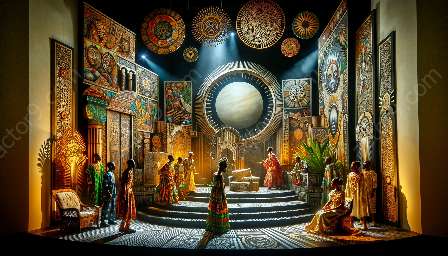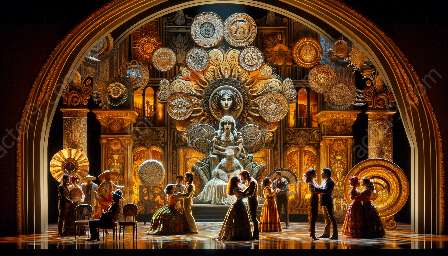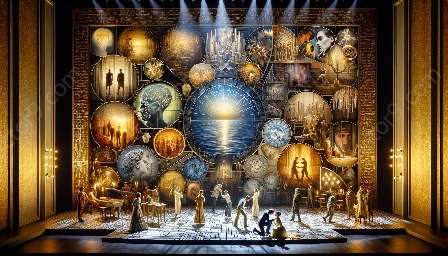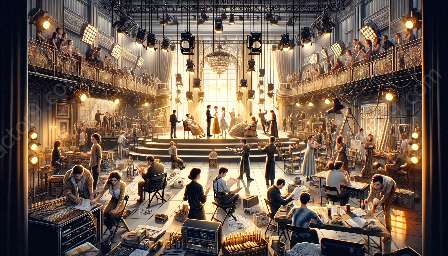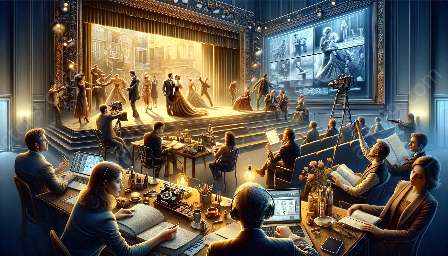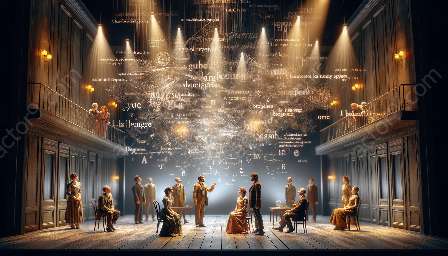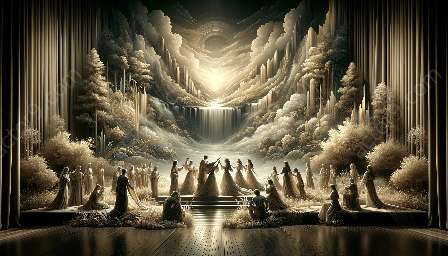Contemporary and modern drama serve as powerful platforms for voicing the narratives and experiences of marginalized communities. In the realm of theatre, these forms of storytelling create opportunities for these communities to be heard, understood, and given agency within the cultural discourse. This topic cluster aims to explore the multifaceted ways in which contemporary drama represents and empowers marginalized communities, shedding light on the diverse voices and stories that have historically been overlooked or silenced.
The Importance of Representation in Theatre
Representation matters, and in the context of contemporary drama, it holds particular significance. With a growing awareness of social justice and equity, the demand for diverse and inclusive narratives has become increasingly prominent. Theatre, as a reflection of society, has the power to influence and shape perceptions, making it an ideal platform for amplifying the voices of marginalized communities.
Understanding Marginalization in Theatre
Historically, marginalized communities have lacked representation in mainstream narratives, including those portrayed in theatre. This absence has perpetuated stereotypes and misconceptions, contributing to the marginalization and oppression of these communities. Contemporary drama seeks to challenge this status quo by offering nuanced and authentic portrayals that aim to humanize and dignify the experiences of marginalized groups.
Themes and Narratives
Exploring the themes and narratives that emerge from contemporary drama sheds light on the diverse realities and struggles faced by marginalized communities. From issues of race and ethnicity to gender identity, sexual orientation, and socio-economic disparities, contemporary plays and performances delve into the complexities of these experiences. By addressing these themes, contemporary drama opens up dialogues and fosters empathy, helping bridge the gap between different societal groups.
Voices and Perspectives
Through contemporary drama, marginalized communities are provided with a platform to share their stories on their own terms. This allows for the authentic representation of diverse voices and perspectives, offering audiences the opportunity to engage with narratives that challenge preconceived notions and encourage critical reflection on social structures and power dynamics.
Innovative Storytelling Techniques
Contemporary drama often pushes the boundaries of traditional storytelling techniques, employing innovative approaches to bring marginalized narratives to the forefront. From verbatim theatre and devised performances to immersive experiences and interactive storytelling, modern drama seeks to create immersive environments that invite audiences to actively participate in the narrative, fostering a deeper understanding and connection to the lived experiences of marginalized communities.
Agency and Empowerment
Empowering marginalized communities through contemporary drama involves more than just representation; it encompasses the reclamation of agency and the amplification of voices that have historically been silenced. By centering these communities in the storytelling process, modern drama enables them to take ownership of their narratives, promoting self-empowerment and challenging systemic erasure.
Impact and Social Change
Examining the impact of contemporary drama on societal perceptions and attitudes towards marginalized communities reveals the potential for social change. By challenging stereotypes and advocating for social justice, modern drama becomes a catalyst for empathy, understanding, and solidarity. Through thought-provoking and emotionally resonant storytelling, contemporary drama contributes to broader conversations about equity and inclusion, fostering a more empathetic and just society.














